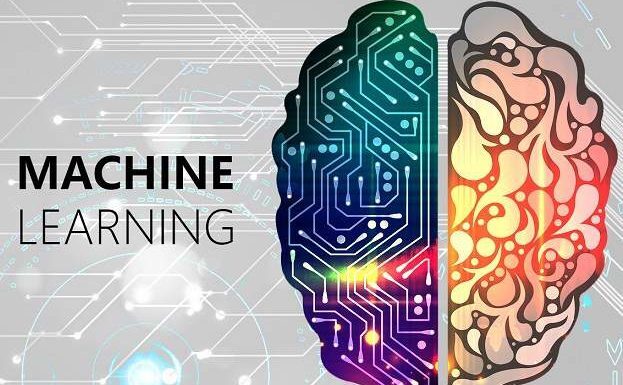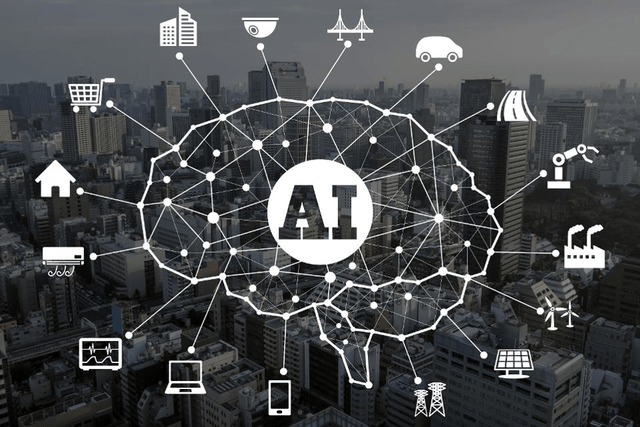
If there is one thing that could make or break your machine learning project, it is the type of algorithm model that you use. Okay, did I just lose you there? Let us take a few steps back.
How does machine learning work?
A typical machine learning project follows a four-step process. The first step is data collection through integration with various databases, document ingestion or calling multiple APIs. An algorithm model eventually processes the data to derive insights from many structured and unstructured information.
An algorithm model pertains to how a set of rules interpret datasets. For example, an algorithm model called regression can determine what is the average customer income needed to afford a particular product, basing solely on probability. Once the model is in place, it’s easy to embed it into a website or insight tool through an API connection.
From here, the machine learning process quickly transitions to training. If you remember the movie Chappie, the robot protagonist was overwhelmed by the surge of information the moment he gained “consciousness.” At first, he acted confused and violent; but his maker immediately coached him to process what he is sensing. Because of this, Chappie adjusted and quickly immersed in human life, complete with its ups and down.
Unfortunately, he went through this learning process with thugs, which turned him into a key weapon in bank heists. Despite this, Chappie quickly learned and eventually he processed things independent of his “parents”. And just for a short period, able to surpass the knowledge and expertise of his maker. Just like Chappie has been trained to process and interpret information, so does any AI or robotic process automation project will be.
What makes or break your machine learning project
When starting your first machine learning and AI project, it is critical to get our algorithm model right. Remember, you do not have to pick and choose one framework, you can build a hybrid model comprised of various intelligent automation and logic models to get the output that you need. Depending on the nature of your question, you must select an appropriate learning model.
For example, if you want to forecast future customer behaviors, regression models are apt. On the other hand, identifying and predicting rare and unusual data points are typically done by anomaly detection models. As you may have figured by now, there are lots of algorithm models out there. There are, however, three major learning styles: supervised, unsupervised and reinforcement.
Supervised Learning
A supervised learning algorithm is the simplest of all models and the easiest to understand and train. It works by creating a function, taught through preparing a data set to follow a desired state or outcome. After training, the model will be applied to a new dataset to test its predictive performance. An excellent example of this is a decision tree where algorithms conclude based on a variety of yes or no decisions.
 Unsupervised Learning
Unsupervised Learning
Unsupervised learning algorithm models, on the other hand, doesn’t rely on training a dataset, instead, through grouping data into classes based on their features. An excellent example of this is k-means clustering. In this algorithm model, the determination of data cluster membership is done through knowing how far or near it is from the cluster’s centroid. The centroid is the mean of all data members. If a data is near it, then it means that it indeed should be a member of that class. On the other hand, an input that is far from the centroid will be transferred to a different cluster or a new one.
Intelligent automation products such as WorkFusion’s Smart Process Automation (SPA) allow processing of unstructured data such as PDFs, documents, and images using unsupervised learning models. WorkFusion’s SPA combines the best of robotic process automation (RPA) and cognitive AI to automate an algorithm’s training time. It works by leveraging historical data and real-time information to teach algorithm models on a regular basis. Through this approach, not only data extraction and matching from unstructured documents is easy but also utilizing big data to derive valuable business insights.
Reinforcement Learning
The third algorithm classification is known as reinforcement learning. In here, the algorithm works by exploring state-action pairs and “rewards” the best pairs based their capability of meeting a goal. This algorithm model learns independently through cumulative reward or punishment for its actions.
An excellent example of this is Google’s playing program called AlphaGo Zero. Unlike its predecessor which learned winning moves through studying thousands of human amateur and professional game players, AlphaGo Zero learns to win and play without help from human data. Through playing the game against itself, it evaluated hundreds of positions and sample moves without relying on techniques of top professionals, hence, perfecting its algorithm independently.
 Coming up with a hybrid machine learning model
Coming up with a hybrid machine learning model
The success of any AI, machine learning or RPA depends on selecting appropriate learning models, that can be implemented as a hybrid to answer questions and meet business needs effectively. For example, hybrid models such as stacking combine unsupervised and regression models to have better predictive performance. Also known as ensemble methods, these meta-algorithms use various techniques such as bagging to decrease variance, boosting to reduce bias and staking to improve predictions.
There are multiple platforms make the use of hybrid machine learning model easy such as WorkFusion. For example, WorkFusion SPA combines open source algorithms such as Markov and Deep Learning Neural Networks to their proprietary models. This allows the solution to streamline the machine learning process and to continuously improve its framework even without the aid of humans.
Remember, an algorithm model can make or break your machine learning project. While it is convenient to choose one model from the three major learning frameworks, the reality is, AI to be genuinely relevant must reason out like a human. With this, utilizing hybrid models to achieve autonomous learning is ideal. A hybrid AI can create a reliable platform that can use thousands, even millions of unstructured and disparate data sources, which in fact untapped wealth of organizational knowledge that can make a company win or lose the market race.

